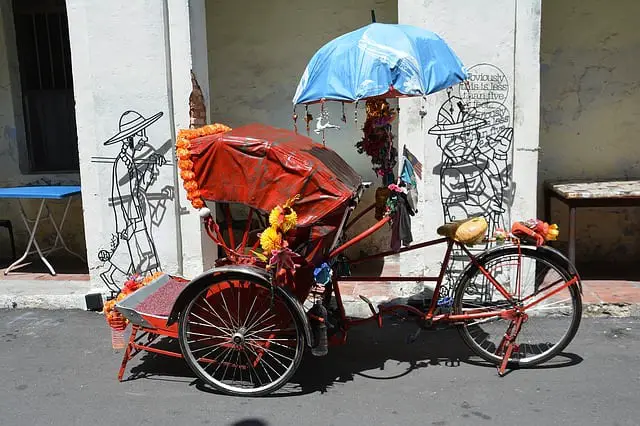Delhi Development Authority (DDA) has passed the Transit Oriented Development Policy on 22nd of September 2019. In the wake of this event , Non-motorized transport (NMT) is the need of the hour for the capital. Transit Oriented Development is an approach to development where an area or a city is developed in sync with the transportation networks. This approach is useful and apt for Delhi because it would then promote mixed land-use and make provisions for public transport infrastructure.
Indian cities need a paradigm shift when it comes to transportation planning. The approach has always been car centric .Have you ever thought for whose convenience the footbridges and subways are built ? It is for the smooth flow of traffic and not for pedestrians. Think of a senior citizen or a differently abled person who has to climb up the footbridges to cross the roads. It is not universally accessible.

NMT will help curb the ills of urbanization in Delhi in multiple ways.
Delhi’s 57 % of the journeys are estimated to be within a range of 5 km, which can be ideally covered with NMT.[1] In spite of it, DDA projects that 90 % of the journey will covered by motorized transport in the year 2020. So, if the infrastructure is NMT friendly then the number of motorized trips could be brought down which will cut down the traffic congestion.
It will cut down pollution . The World Health Organization has set 10 PM2.5 as the safe level of air quality whereas Delhi’s PM2.5 is 5 times more than the standard and the interesting fact is that fumes from cars contributes to 28 per cent of PM2.5 emissions in Delhi. [2] In contrast to that NMTs which include walking, bicycle and cycle rickshaw have no emission and are considered low carbon modes of transport. If we could incentivise people to use NMT , the pollution could be curbed by a remarkable percent.
NMTs will save a lot of wastage of fuel. A research conducted by Central Road Research Institute Delhi estimates that there is a waste of Rs 9,945 million rupees of fuel at signalized intersections in the city itself. It is a waste of fossil fuels . So, NMT is more economical and sustainable in this perspective as well.
Another major issue of the capital is the availability of parking spaces. ITDP states that at least one person was killed each month due to parking feuds. The myth has to be busted that more off street parking spaces like multi-level parking spaces will solve the problem of parking. It was in Copenhagen in the late 70s they started creating off street parking spaces for all the motor vehicles and the demand soared and didn’t solve the problem instead amplified it. And the when the shift was made to bicycles and pedestrianized mode of transport the problem seemed to subside. Now Copenhagen has 29% of the trips done on bicycle. Cities of china are also reviving the cycles by investing in bi-cycle friendly infrastructure. Delhi can also make it happen provided there are adequate NMT friendly roads constructed.
The capital’s challenge is that it has no proper infrastructure for NMT . Presently, 40% of roads in the city do not have a pavement refuge, and those that do exist are often unusable, especially by the mobility impaired[3]. With the T.O.D policy in place , we can only hope that there are provisions for it as NMT is one of the component of T.O.D approach but has always been given little importance .
Author Bio: Khwmdwn Mushahary is a Public Policy student at Indian School Of Public Policy . He has a graduate degree in Urban Planning from NIT Bhopal. His area of interest is Urban Renewal , Sustainable Cities of Himalayan region. When not working, he treks in the beautiful Himalayas.
References:
- “Environmental-Concerns-of-Urban-Transport-and-NMT-as-a-Sustainable-Transport-Initiative-in-India-Purnima-PARIDA-M.-PARIDA”“16775.Full.Pdf.”
- https://www.teriin.org/infographics/air-quality-of-delhi-pollution-sources-measures
- Ghate, A. T. & Sundar, S., (2010). “Section IV- Transport Infrastructure: Putting Urban Transport Sector on a Low Energy and Low Carbon Path: A Focus on the Passenger Transport Sector in Million-Plus Cities,” IDFC, ed., New Delhi: Oxford University Press.